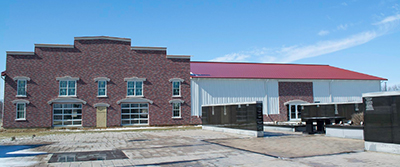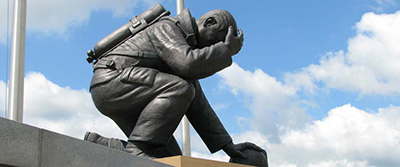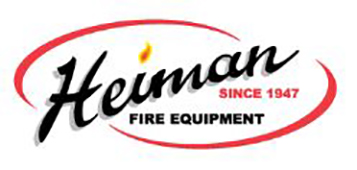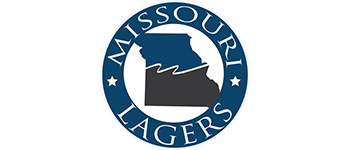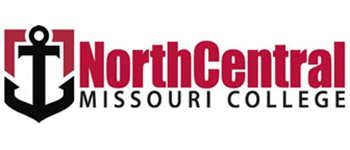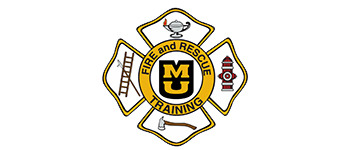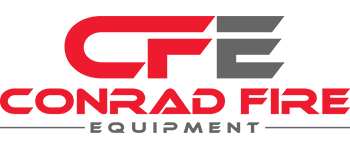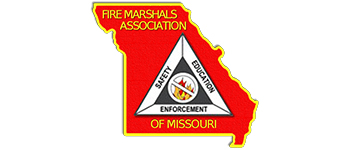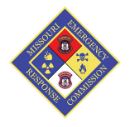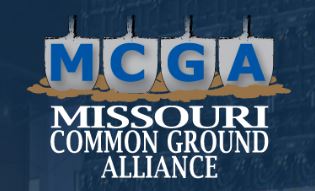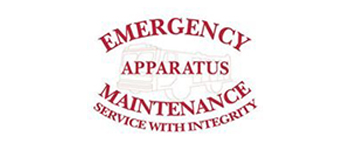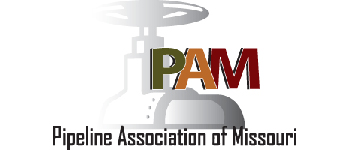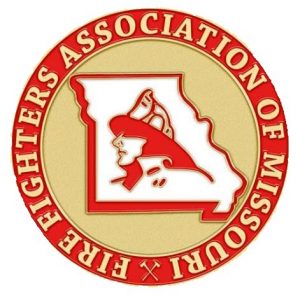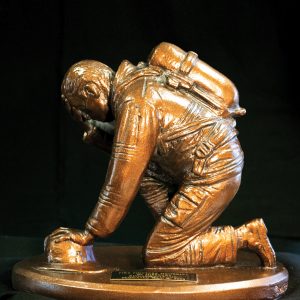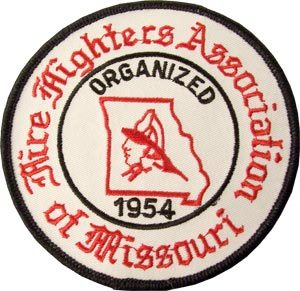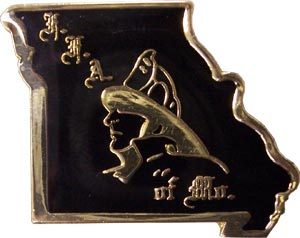Rapid Intervention Teams
May is upon us now, the flowers are blooming, and we are planning family vacations like going to the FFAM convention in Springfield in June or attending family graduations or even that wedding in between.
As you have seen in my past articles, I have written about important issues in the fire service today, and in this article, I am going to write about an important aspect of the fire service, RIT or RIC Teams. I know these teams are hard to fill especially in the volunteer fire service due to manpower, but I want to at least entrain the idea with you and your department.
The role of the rapid intervention team (RIT) is an essential function that must be staffed at any building fire. Some view the assignment as “boring,” or a task that keeps their crew from getting into the “action.” However, RIT is an assignment that must be taken seriously at all times. You never know when a Mayday may be transmitted and you will be called to aid a brother or a sister in trouble.
Those who do not see the need for deployment of a RIT at building fires are reminded to look at the current standards and regulations the fire service follows: National Fire Protection Association (NFPA) Standard 1500, Standard on Fire Department Occupational Safety and Health Program; NFPA Standard 1561, Standard on Emergency Services Incident Management System; and the Occupational Safety and Health Administration (OSHA) Respiratory Protection Standard, 29 CFR 1910.134(g)(4), Procedures for Interior Structural Firefighting. All these standards require that personnel be available to rescue members operating inside an immediately dangerous to life or health (IDLH) atmosphere. However, the development, response, make-up, and deployment of the RIT are left up to the discretion of the authority having jurisdiction.
The fire department shall provide personnel for the rescue of members operating in emergency incidents.
A rapid intervention crew/company shall consist of at least two members and shall be available for the rescue of a member or a crew. The composition and structure of a rapid intervention crew/company shall be permitted to be flexible based on the type of incident and the size and complexity of operations.
A minimum of two (2) firefighters, fully equipped and trained shall be on standby outside the structure to provide assistance or perform a rapid rescue, if needed. Voice, visual, or radio contact is required between the interior and exterior teams at all times. One of the exterior team members must be free of all other tasks to account for, and if necessary, initiate a rescue of those firefighters inside. While the second exterior team member may perform some other tasks, this individual must be able to abandon them without jeopardizing the safety and health of others at the scene.
Since these RIT directives have been in existence for many years, most fire service leaders are more than aware of the requirements. The challenge is establishing a RIT that not only meets the standards but that will also be effective if it is needed to rescue a downed firefighter.
The reality is that the RIT is meant to be an insurance policy for our own. Those assigned to this position should at a minimum be trained in the following area: knots, search, selecting and using hand tools, reading smoke, building construction and fire behavior, and be prepared to respond to a Mayday occurring in a rapidly changing, hostile atmosphere.
Unless your agency has a preassigned RIT on every emergency scene, you should be prepared to be given this assignment when you arrive. This means that things that could be deemed common sense (like listening to radio traffic) should be taken more seriously to discern information about building construction, fire location, how many companies are operating inside the structure, whether roof operations are being undertaken, and whether the fire is offensive or defensive.
On arrival, gather the tools you will need to get you in as well as get you and your victim out of the structure. Keep in mind that firefighters should never be working alone unless assigned the outside vent position. Therefore, as a RIT member, be prepared for the possibility of multiple victims. You can always request multiple RIT teams if you think more help may be needed, and you should do this if there is any indication the search for or removal of a downed firefighter will be time-consuming, such as in the case of industrial buildings, apartment buildings, nursing homes, very long or very wide buildings, or high-rises.
You can bring more tools, but you may start to weigh your team down with too much equipment. If there is a need for heavier extrication tools, airbags, or other tools, supporting companies can bring them in after you have located the downed member(s). Each situation and scene will dictate what other tools may be needed.
Once you and your equipment get to the scene, start looking for the “perfect” location to stage. Command should not influence where you stage. Put your equipment where you think the best location will be for fast deployment if activated. The best location may not always be the front of the structure. Just because attack lines are going in through the front door does not mean that is where you are going to enter if deployed
As often as the RIT officer deems necessary, the team should perform a walk around the building to see how conditions are changing during the firefight; check on other ancillary actions being undertaken on, in, and around the structure; and check on any safety issues and bring the information to the attention of the RIT chief. Once the walk is completed, members should return to their staging location, monitor all radio traffic, and remain at the highest level of readiness should a call for help be given. The RIT must remain fully dressed and be prepared to deploy. During extended operations, the RIT officer should be prepared to have the crew rotated through rehab after 40 minutes. Even if it has not been deployed, the team will become fatigued from maintaining a ready posture for an extended time.
These are just a few ideas to think about when dealing with a RIT or RIC team. These teams are your brothers and sisters, willing to help with a downed firefighter in their time of need.
If the FFAM can be of any assistance please feel free to email me at grant_oetting@yahoo.com or call my cell at 660-229-4525. If I don’t answer please leave a message and I will get back to you. Until next time my brothers and sisters, stay safe!





